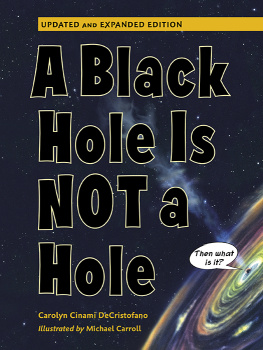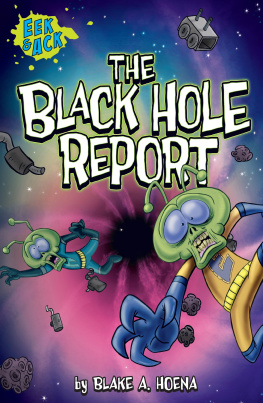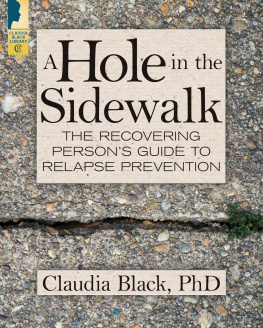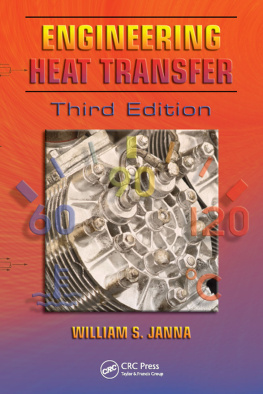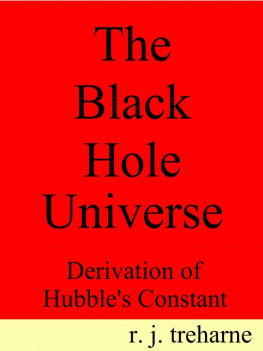Janna Levin - Black Hole Survival Guide
Here you can read online Janna Levin - Black Hole Survival Guide full text of the book (entire story) in english for free. Download pdf and epub, get meaning, cover and reviews about this ebook. year: 2020, publisher: Knopf Doubleday Publishing Group, genre: Art. Description of the work, (preface) as well as reviews are available. Best literature library LitArk.com created for fans of good reading and offers a wide selection of genres:
Romance novel
Science fiction
Adventure
Detective
Science
History
Home and family
Prose
Art
Politics
Computer
Non-fiction
Religion
Business
Children
Humor
Choose a favorite category and find really read worthwhile books. Enjoy immersion in the world of imagination, feel the emotions of the characters or learn something new for yourself, make an fascinating discovery.
- Book:Black Hole Survival Guide
- Author:
- Publisher:Knopf Doubleday Publishing Group
- Genre:
- Year:2020
- Rating:5 / 5
- Favourites:Add to favourites
- Your mark:
- 100
- 1
- 2
- 3
- 4
- 5
Black Hole Survival Guide: summary, description and annotation
We offer to read an annotation, description, summary or preface (depends on what the author of the book "Black Hole Survival Guide" wrote himself). If you haven't found the necessary information about the book — write in the comments, we will try to find it.
Black Hole Survival Guide — read online for free the complete book (whole text) full work
Below is the text of the book, divided by pages. System saving the place of the last page read, allows you to conveniently read the book "Black Hole Survival Guide" online for free, without having to search again every time where you left off. Put a bookmark, and you can go to the page where you finished reading at any time.
Font size:
Interval:
Bookmark:
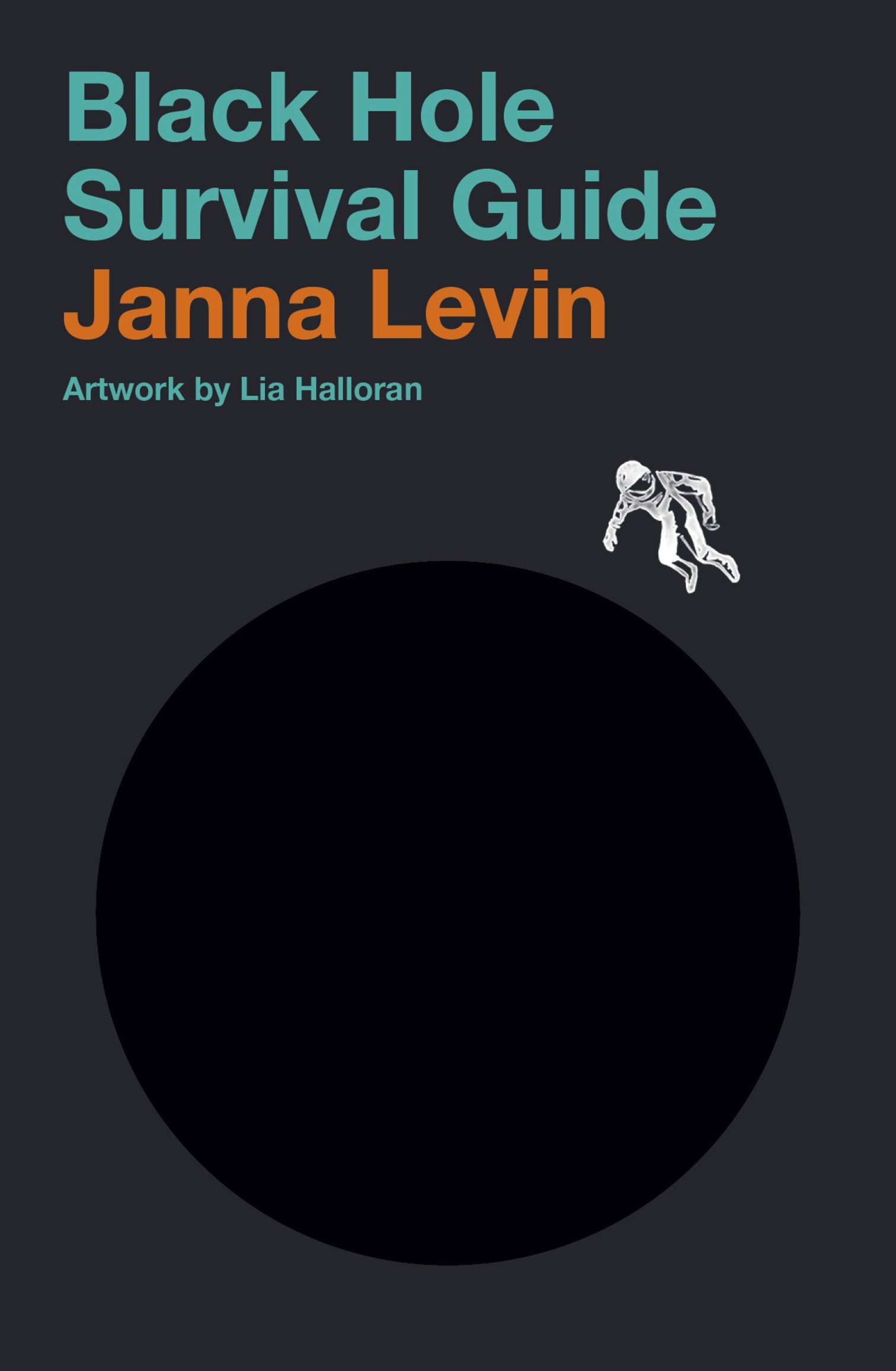
Black Hole Blues
and Other Songs from Outer Space
A Madman Dreams of Turing Machines
How the Universe Got Its Spots
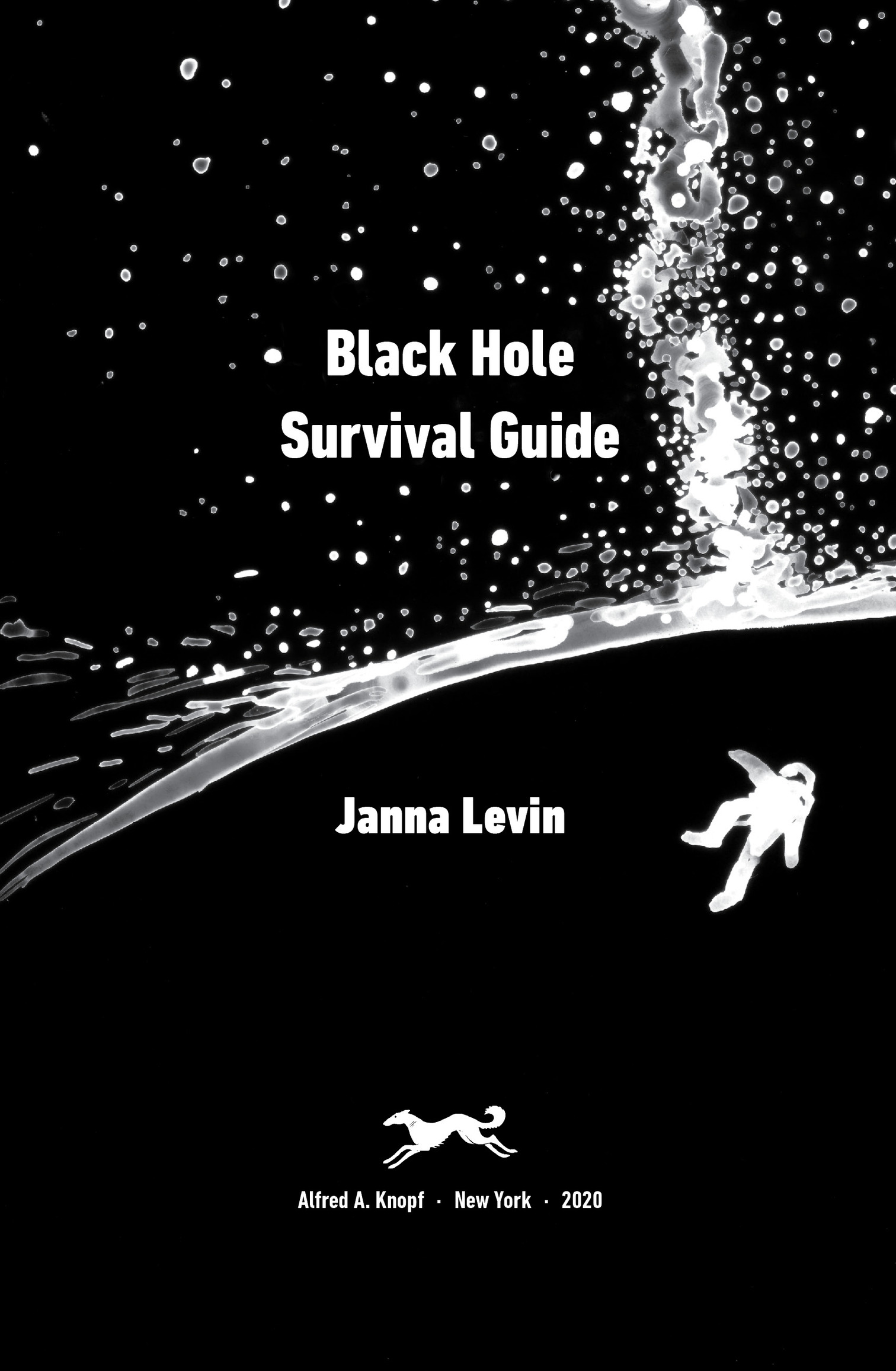
THIS IS A BORZOI BOOK
PUBLISHED BY ALFRED A. KNOPF
Copyright 2020 by Janna Levin
Artwork copyright 2020 by Lia Halloran
All rights reserved. Published in the United States by Alfred A. Knopf, a division of Penguin Random House LLC, New York, and distributed in Canada by Penguin Random House Canada Limited, Toronto.
www.aaknopf.com
Knopf, Borzoi Books, and the colophon are registered trademarks of Penguin Random House LLC.
Library of Congress Cataloging-in-Publication Data
Names: Levin, Janna, author.
Title: Black hole survival guide / Janna Levin.
Description: New York : Alfred A. Knopf, [2020]
Identifiers: LCCN 2020015159 (print) | LCCN 2020015160 (ebook) | ISBN 9780525658221 (hardcover) | ISBN 9780525658238 (ebook)
Subjects: LCSH: Black holes (Astronomy)Popular works.
Classification: LCC QB843.B55 L48 2 (print) | LCC QB843.B55 (ebook) | DDC 523.8/875dc23
LC record available at https://lccn.loc.gov/2020015159
LC ebook record available at https://lccn.loc.gov/2020015160
Ebook ISBN9780525658238
Cover art by Lia Halloran
Cover design by John Gall
Artwork by Lia Halloran
ep_prh_5.6.0_c0_r0
Black holes are nothing.
Black holes are special because theres nothing there. There is no thing there.
I probably accepted black holes whole, as complete conceptual entities, before I was able to doubt, before I had intuition to combat. They were fodder for fantasy. I received the fact of their existence without resistance. Gullible and without prejudice, I could see the plausibility, appreciate the curiosity, their peculiarity, accept the universe as it was presented. Maybe it was the same for you. Its very unlikely that this is your first encounter with the astrophysical oddity that is a black hole, the warp in spacetime so strong that not even light can escape.
I dont know what it was like where you were, but I had a pretty unspectacular view, astronomically speaking, out of my childhood bedroom. I would edge to the foot of the bed and strain to look at the sky through the window frame, a portal to a green yard below, the seams between neighboring plots demarcated by shrubs or trees, patchwork real estate scooped together under a rounded cap of atmosphere. The ground would darken first, then the trees, but the dome would hang on to the vaguest splattering of light for the longest. Ours was not an urban burnished sky, but still light pollution diluted the view that I stared into night after night. I never expected the vista to improve or expected anything new, only the usual indistinct few bright speckles, like rain stains on a windshield.
I dont remember when the feeling started, the first time that longing tugged at me, but before I even recognized the desire, I pined to know what else was out there, like a restless dog pacing at the door. I wanted to be free of ordinary confines. To fly there and explore. Frustrated by the fact of the heaviness of my feet on the Earth, striding at the base of the sky, restless to be let in. I wonder how many of us inherited this longing, millennium after millennium, generation after generation, child after child bound to the crust, rapt at the illusion of a ceiling, compelled to crack through and defy our puniness and our limitations.
As a kid, I never imagined I would become a scientist. If you had told me I would become a physicist, Im sure I would have been offended. Scientists build bombs and memorize equations. Im not sure if I acquired that clich or if the stereotype was one of my own inventionthat scientists could not be creative, or just werent out of stubbornness. I didnt understand the profound freedom of constrained creativity, visionary originality that explodes in the face of fundamental limits.
Limits have incited revolutions. The limit of the speed of light hinted at relativity. Einstein fantasized about riding a light beam and imagined that time stood still. He gave up the absolutism of an inflexible space and time in favor of the absolutism of the speed of light. That concession forced us to reconceive of our universe as an impermanent, living process with an origin in a big bang, still expanding with the energy of creation, and home to extravagances like black holes.
The quantum revolution was incited in parallel by the limit imposed by Heisenbergs uncertainty principle, which asserts that particles as we thought we knew them do not exist. We are pressured to reimagine the fundamental nature of reality as an uncertain fog of possibilities, of particles that are there and not there. The pressure to yield to this seemingly terrible constraint guided us toward revelations that would otherwise have been unattainable. We rewrote reality in an astonishing new language. We have discovered quarks, photons, neutrinos, condensed matter, dead neutron stars, the Higgs boson, superconductors, and quantum computers in the most precisely tested paradigm in all of physics.
The computer revolution too was incited by a limit, an insurmountable limit to mathematical knowledge. The incompleteness theorems, which proved that there were mathematical facts that could never be proven, led Alan Turing to dream of artificial intelligence and biological machines. Turing proved that most facts about numbers are unknowable: there is an infinite list of irrational numbers with an infinite list of unpredictable digits. His musings led him to imagine a machine that one day will think and to the epiphany that, indeed, we are machines who think.
The severity of the constraints imposed by physical law and mathematical precision does not squash creativity. The limits are the scaffolding enabling creativity. Limits can be worthy adversaries that galvanize our best, most inventive, most agile natures. Before I succumbed to the seduction of the elegance and transcendence of limits, I did not understand the thrill of imagination crashing into truth.
As a student, not yet on a trajectory to become a scientist, I was nostalgic for that longing to leap into the atmospheric pool of blue midnight high out my window. I realized I missed that sensation, the urgent desire to leave the planet. Wherever I was by then, I was still under the same sky. From a slightly different perspective I trod at the foot of that blue dome, that overly lit blanched blue sky, and wanted in. Deterred by reality (weve never gone farther than the Moon), I redirected my focus down to the page, following mathematics to places our bodies couldnt go. Mathematics alone cannot tell us what specifically is out there in our universe. The mathematics can speculate only about what is possible. And sometimes mathematics allows us to explore pure potential before any physical manifestations of that potential are discovered.
Black holes were like that, a purely mathematical construct on the page, benign in virtual form, in typescript on paper, unverified for decades, unaccepted for decades, absurd, maligned and denied by some great geniuses of the twentieth century, until physical evidence of real black holes in the galaxy was discovered. Find one just a few thousand light-years awaya light-year being the distance light can travel in a year, nearly 10 trillion kilometers, the distance you would travel driving at the average highway speed limit for 10 million years. Take a left at that yellow star and veer toward that star cluster. Wandering at the base of the sky, we are under them. We are above them. Black holes in their abiding darkness are scattered plentifully among the stars, which themselves are scattered plentifully, like somber glitter infiltrating the void. We are in orbit around one in the center of our Milky Way galaxy. We are pulled toward another in the Andromeda galaxy.
Font size:
Interval:
Bookmark:
Similar books «Black Hole Survival Guide»
Look at similar books to Black Hole Survival Guide. We have selected literature similar in name and meaning in the hope of providing readers with more options to find new, interesting, not yet read works.
Discussion, reviews of the book Black Hole Survival Guide and just readers' own opinions. Leave your comments, write what you think about the work, its meaning or the main characters. Specify what exactly you liked and what you didn't like, and why you think so.



